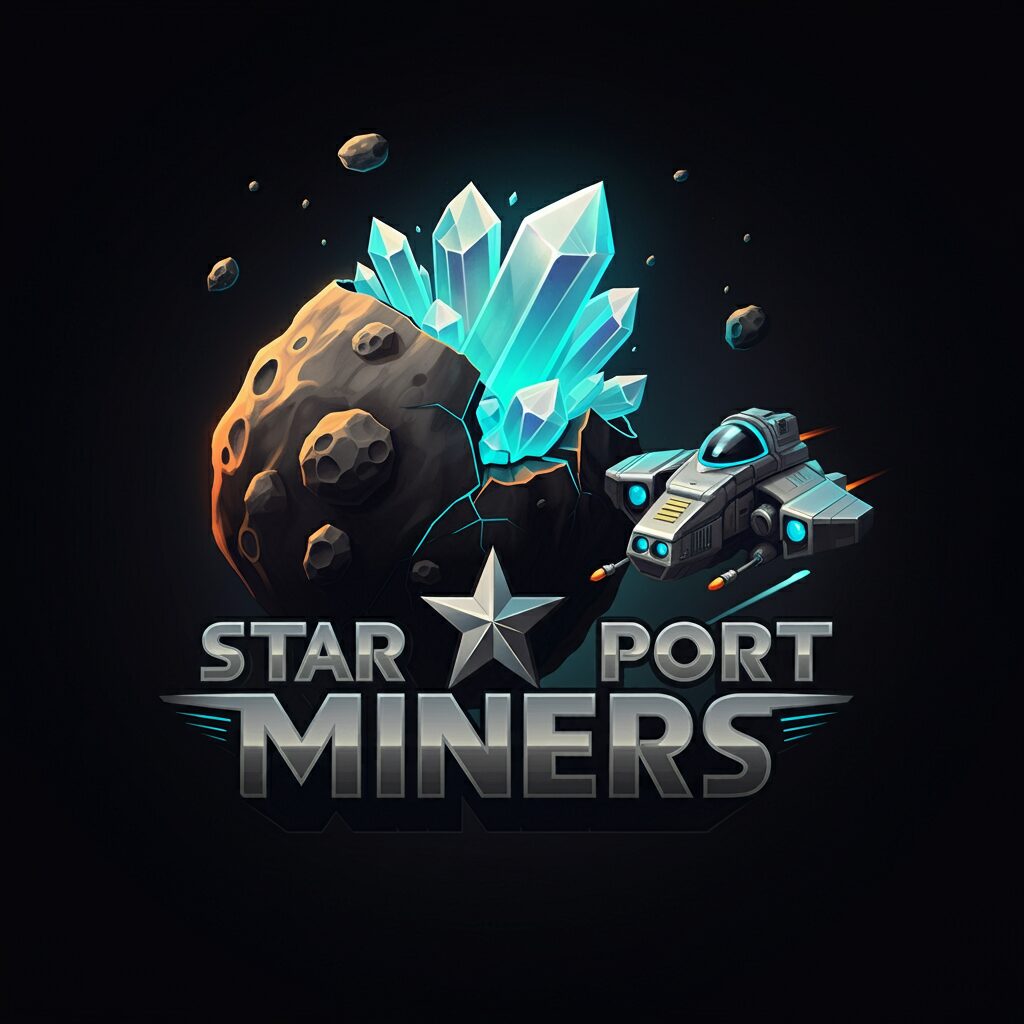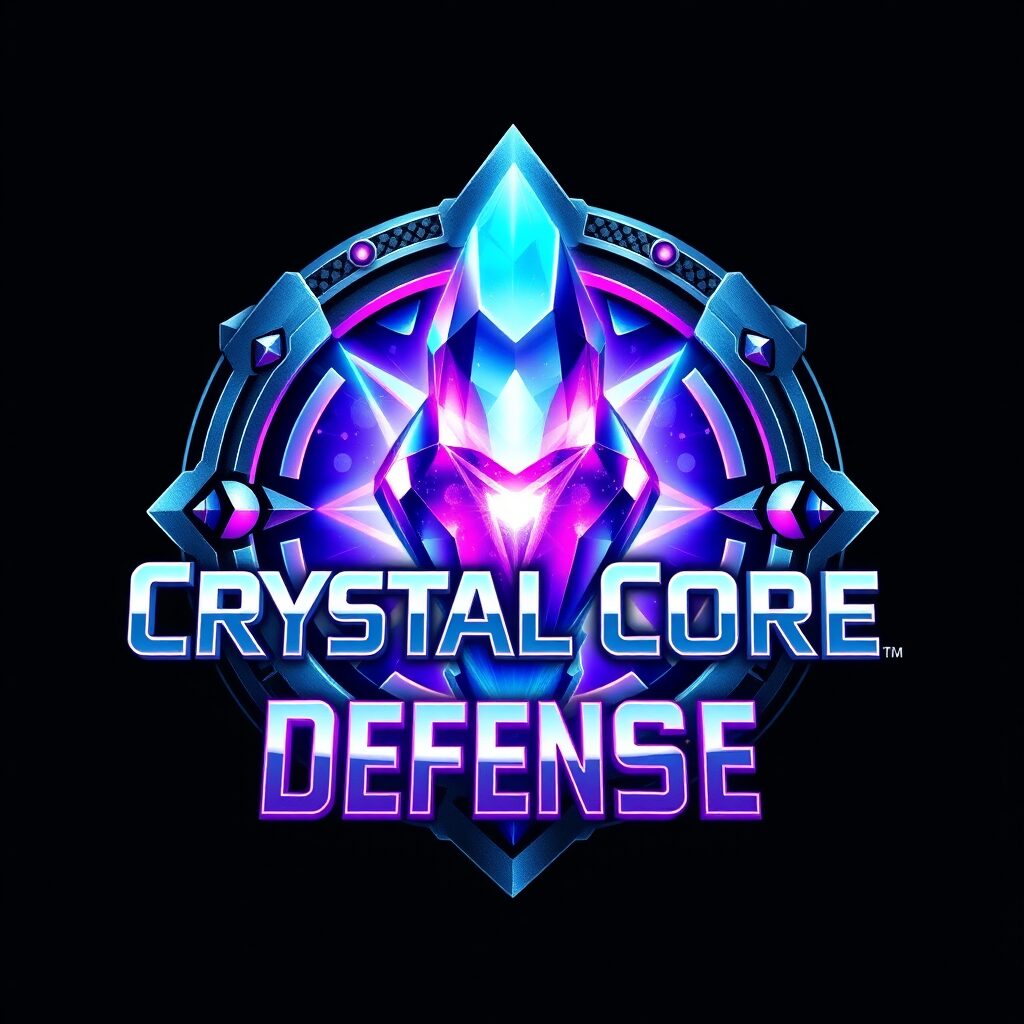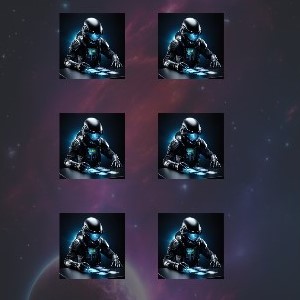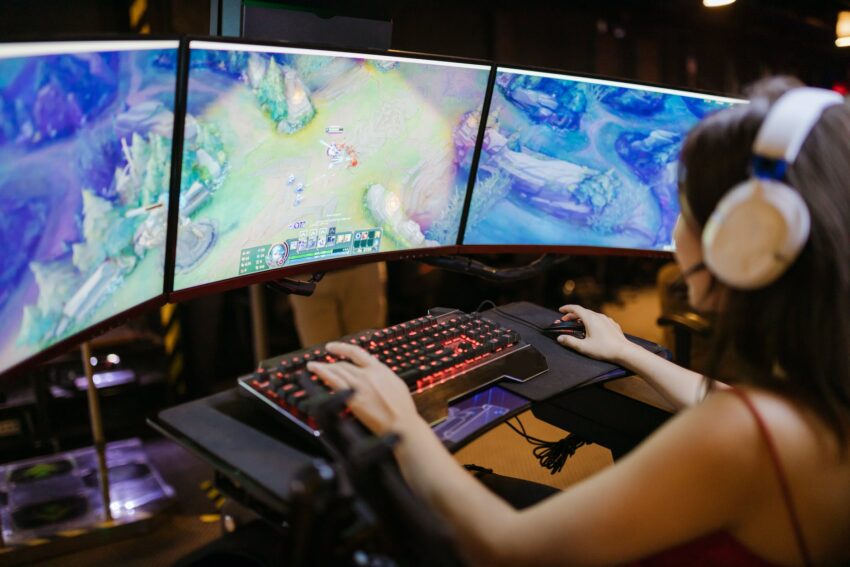Procedural generation in games
Procedural generation in games is a technique used in gaming to dynamically create game content using algorithms. Examples include Minecraft, roguelikes, and simulations. This technique enhances gameplay and replayability by generating unique levels, environments, and items each time the game is played. In Minecraft, worlds have their own biomes, terrain features, and resources, making each one different. Roguelike games like Spelunky generate randomized levels with enemies, traps, and treasures for fresh and challenging gameplay.
Procedural generation enhances replayability by offering new experiences every time. Players can explore different paths or approaches to objectives without getting bored or feeling repetitive. Other games procedurally generate other aspects of gameplay, such as the weapons in Borderlands which have randomized stats and configurations.

What is Procedural Generation in Gaming?
Defining Procedural Content Generation (PCG)
Procedural content generation (PCG) is a method of algorithmically creating game content, including the creation of data. It generates everything from level layouts to enemy placement, textures, and sound effects. PCG offers advantages over static level design, such as the ability to create larger and more complex games with less effort.
It also provides diverse gameplay experiences tailored to each player’s preferences and skill level. Additionally, PCG reduces development costs by eliminating extensive manual level design work. Overall, PCG is an innovative approach that offers benefits over traditional techniques, including the creation of data during runtime.
The Minecraft Experience
Minecraft revolutionized the gaming industry with its use of procedural generation. This algorithm creates diverse game worlds on the fly as players explore, keeping gameplay fresh and exciting.
It has inspired other games like No Man’s Sky and Terraria, and opened up new avenues for AI and machine learning research. Procedural generation offers replayability and accessibility, reducing the need for expensive design teams. Minecraft’s impact on the industry continues to drive innovation and make it a favorite among gamers worldwide.
Roguelikes: A Genre Defined by PCG
Roguelike games are closely tied to procedural content generation (PCG). Random seeds generate levels, items, and enemies, making each playthrough unique. This unpredictability keeps players engaged and forces them to adapt.
PCG allows developers to create vast amounts of content without a large team. Random seeds shape everything from level layout to enemy placement, making them as important as core mechanics. Overall, PCG has shaped the roguelike genre significantly.
Simulations and Spore
Simulation games often use procedural content generation (PCG) to enhance the player’s experience. For example, Spore uses PCG for creature design, enabling players to create unique creatures. PCG offers infinite variations in game content, making each playthrough exciting and enhancing replayability. It also reduces development costs by automating asset creation, allowing developers to focus on other aspects of game design. PCG is a successful strategy for creating engaging and dynamic gameplay experiences in simulation games.
The Science Behind Procedural Generation
Algorithms at the Core
Procedural content generation (PCG) uses algorithms to generate game content like landscapes, textures, and levels. Perlin noise and simplex noise are widely used algorithms in PCG. They create smooth and natural-looking patterns by combining layers of noise. These algorithms are commonly used to generate realistic natural landscapes and textures in video games.
Developers can adjust parameters to create variations of these patterns for different terrains or environments. PCG algorithms like Perlin noise and simplex noise can also generate textures for objects in the game world based on material properties. By creating rules, developers can use these algorithms to generate endless variations of realistic and organic textures.
Grid-Based Procedural Generation
Grid-based generation is a popular technique used in games like Dwarf Fortress and RimWorld. It helps balance complexity and playability, making it easier for players to engage with the game while still providing a high level of challenge.
By using a grid-based system, developers can achieve realism by simulating real-world environments, physics, and other factors. Grid-based PCG also creates unique and varied experiences for players by generating different combinations of elements each time they play. Balancing complexity and playability is crucial in creating an engaging gaming experience that keeps players coming back for more.
Beyond Graphics: Procedural Animation
Procedural animation techniques use algorithms and mathematical models to create lifelike character movements in video games. Procedural content generation (PCG) can generate assets dynamically, resulting in more immersive and realistic animations. Game developers can enhance player experiences by mastering procedural animation techniques and PCG.
Procedural Generation in Popular Games
Roguelikes Revisited
Spelunky is a game that offers a unique experience every time you play it, thanks to its procedurally generated levels. Examining Spelunky’s level generation process can provide insight into how the game creates such diverse and challenging levels.
Additionally, players can use various strategies for maximizing replay value, like taking different paths through the levels or attempting to complete specific challenges. The influence of other popular roguelike games like Enter the Gungeon and The Binding of Isaac can also be seen in Spelunky’s design, particularly in its emphasis on randomization, player choice, and the use of procedural generation to create new environments for the player to explore with randomized stats and configurations.
Open Worlds: Valheim and Terraria
Valheim, a popular Viking-themed video game, uses procedural content generation (PCG) to create a vast and dynamic world, similar to The Elder Scrolls series. Each playthrough offers unique terrains, structures, and environments, enhancing replayability. PCG also allows developers to focus on combat mechanics and storyline development.
Terraria is another acclaimed video game with an ever-evolving terrain. It combines procedural generation and manual creation techniques to produce diverse biomes, creatures, and items. The constantly changing environment makes it engaging for exploration enthusiasts. Balancing creativity with constraints is crucial in open-world games. Developers aim to provide immersive worlds while ensuring playability and enjoyment. Managing player expectations within technical limitations is challenging but necessary for success.
Exploration and Survival: Deep Rock Galactic
Deep Rock Galactic’s cave generation contributes significantly to its popularity. The game uses procedural content generation technology to create unique caves, ensuring endless gameplay experiences.
Procedural content also keeps players engaged by providing new areas to explore each time they play. Developers must optimize games for different hardware configurations to ensure a smooth gaming experience. This includes graphics settings, frame rate management, and load times. By offering a seamless experience across various setups, developers can provide all players with high-quality gameplay.
Enter The Gungeon and Spelunky
Enter The Gungeon and Spelunky are two renowned games that showcase the power of procedural generation in creating challenging and unpredictable gameplay. In Enter The Gungeon, each run is filled with procedurally generated rooms, enemies, and weapons, ensuring that no two playthroughs are the same.
This randomness adds an element of surprise and keeps players on their toes as they navigate through the game’s bullet-filled dungeons. Similarly, Spelunky takes players on a thrilling adventure through procedurally generated caves.
Procedural Generation: More Than Just Maps
Spicing Up Gameplay with AI
AI-driven procedural generation is revolutionizing the gaming industry, exemplified by Hello Games’ No Man’s Sky. Procedural generation uses algorithms to create content instead of manual design. In No Man’s Sky, this results in randomly generated planets, animals, and ecosystems, leading to endless possibilities for exploration.
That may be your best place to start if you’re looking for a game that offers a unique player experience with unlimited replayability. The use of procedural generation in No Man’s Sky ensures a unique player experience with unlimited replayability.
Dungeons & Dragons: Procedural Generation in Tabletop
Procedurally generated content (PCG) is crucial in tabletop RPGs like D&D. It creates unique adventures and storylines through algorithms, ensuring gameplay variety and avoiding repetition. Procedural storytelling adds dynamic and unpredictable plotlines that respond to player actions. PCG also bridges the gap between digital and physical gaming, incorporating elements of both. It enhances the gameplay experience, offering endless possibilities and keeping players engaged session after session.
Flora, Fauna, and More: The World Below the Surface
Procedural generation of flora and fauna in games creates random and unique environments. Balancing realism with creativity is key. GPU computing has made natural world simulations more feasible and efficient. It revolutionized gaming by creating immersive experiences. GPUs can handle the data needed for real-time, detailed environments. This technology allows for dynamic ecosystems that react to weather and other factors. Creating realistic yet creative game environments requires a delicate balance between the two aspects.
What game has procedurally generated levels?
“Spelunky” is a game known for its procedurally generated levels. Each time you play, the game creates a new set of levels, offering endless replayability and unique challenges. The unpredictable nature of the levels keeps players engaged, making each run fresh and exciting. With procedural generation, “Spelunky” ensures that no two games are alike, making it appealing and long-lasting among gamers.
What is procedural generation of game assets?
Procedural generation of game assets refers to the process of using algorithms and mathematical formulas to generate various elements within a game, such as character models, textures, landscapes, buildings, and more. Rather than relying on pre-designed assets created by artists, procedural generation allows for the creation of assets on-the-fly, which can result in a vast number of unique variations, including the simulation of weather, erosion, and other geographical features in minute detail.
What are procedural textures in games?
Procedural textures in games are generated through mathematical algorithms rather than being handcrafted by artists. These textures can be used to render various surfaces, such as terrain, objects, or characters, with different patterns and details. By creating textures procedurally, game developers can achieve a greater level of realism, efficiency, and flexibility in their virtual worlds. Procedural textures can also be modified in real-time to respond to environmental changes or player interactions, enhancing the immersive experience of the game.
What was the first game to have procedural generation?
The first game to prominently feature procedural generation was “Rogue,” released in 1980. It was an influential dungeon crawler that used a series of algorithms to generate its levels. Due to its success, many games after “Rogue” adopted procedural generation as a way to create dynamic and unpredictable gameplay experiences.
What algorithms do video games use?
Video games use various algorithms to meet specific requirements and objectives. These algorithms range from simple collision detection to complex artificial intelligence and pathfinding. Collision detection determines if objects have collided, important for physics-based or moving games. Artificial intelligence algorithms make NPCs behave realistically and make decisions based on their surroundings. Pathfinding helps NPCs navigate efficiently. Procedural generation, rendering, and networking are other commonly used algorithms in video games. Each algorithm has a unique purpose and enhances the gaming experience.
Can Unreal Engine do procedural generation?
Yes, Unreal Engine has built-in tools and capabilities for procedural generation. With its Blueprint visual scripting system and programming language, developers can create custom algorithms to generate terrain, objects, or even entire levels procedurally. Additionally, Unreal Engine also supports popular plugins and libraries that specialize in procedural generation, providing even more flexibility and options for developers to create dynamic and immersive environments in their games.
Does procedural generation use AI?
Procedural generation and artificial intelligence (AI) are two separate concepts in game development. While procedural generation involves the use of algorithms to create content or environments, AI focuses on making intelligent decisions and behaviors for non-player characters (NPCs). However, there can be interactions between the two. For example, AI can be used to influence the parameters or rules within a procedural generation algorithm. This can lead to more dynamic and adaptive content creation based on AI-driven decisions.
Is procedural generation an algorithm?
Procedural generation is not a single algorithm, but rather a technique that encompasses various algorithms working together. These algorithms are designed to generate content or environments in a dynamic and randomized manner. The specific algorithms used can vary depending on the desired outcome, such as generating terrain, objects, or levels in a game. Each algorithm serves a unique purpose within the procedural generation process and contributes to enhancing the overall gaming experience.
What is procedural generation of 3D models?
Procedural generation of 3D models is a technique used in game development to create 3D models automatically through algorithms. Instead of manually designing and creating each individual model, developers can use procedural generation to generate a large number of unique and varied models quickly. This can be especially useful when creating expansive worlds or environments with a high level of detail.
What game has randomly generated planets?
One example of a game that features randomly generated planets is “No Man’s Sky”. In this game, players can explore a vast universe filled with countless unique planets, each created through procedural generation algorithms. This allows for an almost infinite number of different planetary environments, ensuring that no two players will have the exact same real life experience while exploring the game’s universe.
Conclusion
Procedural generation (PCG) has revolutionized the gaming industry by offering endless possibilities for creating immersive game worlds. As technology advances, PCG continues to shape the future of gaming. Developers should explore innovative techniques to create engaging and interactive experiences. PCG allows for the creation of vast and diverse game worlds, saving time and resources while providing players with a personalized experience. It can also enhance gameplay mechanics by creating randomized enemy encounters and interactive objects. As technology advances, more sophisticated PCG techniques will be developed, including machine learning algorithms that generate content based on player behavior.
Follow on Instagram.




